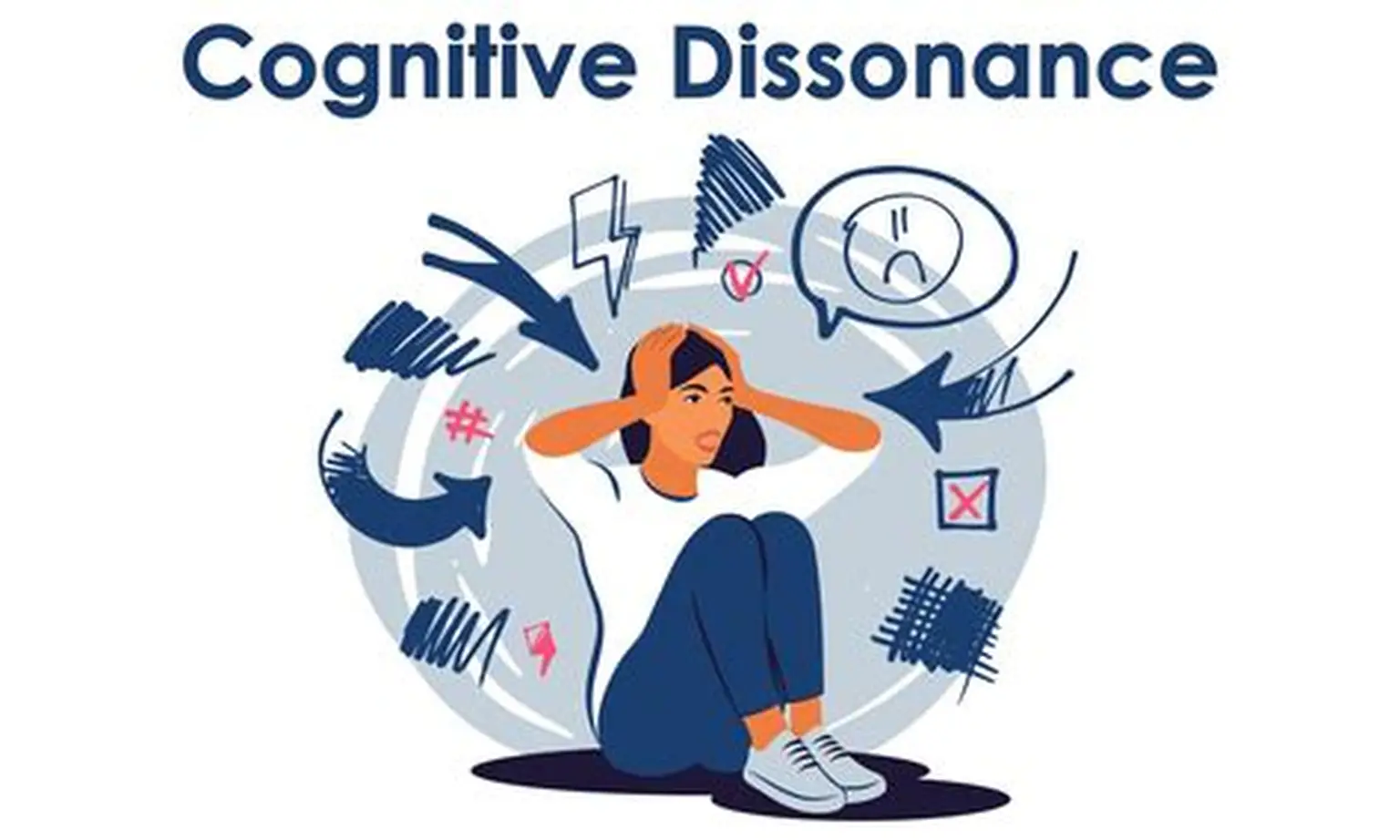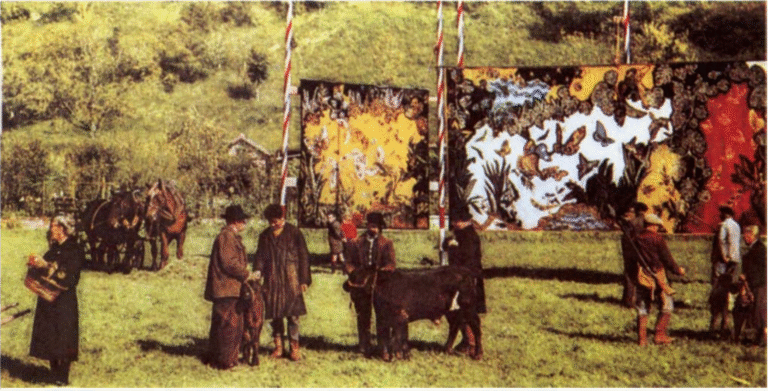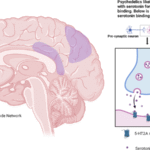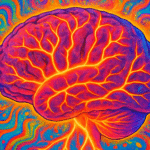Cognitive dissonance is a cornerstone concept in social psychology that reveals how humans reconcile conflicting thoughts, beliefs, and behaviors. Coined by Leon Festinger in 1957, cognitive dissonance theory explains why individuals experience discomfort when holding two or more contradictory cognitions and the strategies they employ to reduce this discomfort. Over the decades, research has shown that cognitive dissonance not only influences momentary decisions but also drives deeper changes in personal beliefs and attitudes. This blog delves into the mechanisms of cognitive dissonance, explores its effects on belief change, and examines its far-reaching implications for understanding human psychology.
Defining Cognitive Dissonance
Cognitive dissonance arises when an individual holds two incompatible cognitions—for example, knowing that smoking is harmful yet continuing to smoke. This inconsistency generates psychological tension, motivating the person to restore consistency by altering beliefs, attitudes, or behaviors. Festinger’s groundbreaking insight was that the mind strives for harmony among its cognitions and that dissonance represents an aversive state prompting corrective action.
Key Components
- Cognitions: Units of knowledge such as beliefs, attitudes, perceptions, or actions.
- Dissonance: The mental discomfort experienced when cognitions conflict.
- Dissonance Reduction: Strategies to alleviate discomfort by changing cognitions, adding new consonant cognitions, or trivializing the conflict.
Mechanisms of Dissonance Reduction
When faced with dissonance, individuals typically adopt one or more of the following avenues to reduce psychological tension:
- Change the Behavior
Example: A person who values health but eats fast food may switch to a healthier diet. - Change the Cognitions
Example: A smoker may downplay the health risks by believing that “moderate smoking isn’t harmful.” - Add Consonant Cognitions
Example: Justifying luxury purchases by reminding oneself of hard-earned money and deserved reward. - Trivialize the Conflict
Example: Convincing oneself that the dissonant belief isn’t important in the grand scheme of life.
These strategies serve to restore cognitive harmony, but their choice and effectiveness vary based on personal values, social context, and available alternatives.
Classic Experiments and Evidence
Festinger & Carlsmith (1959): Insufficient Justification Effect
Participants completed a boring task and were paid either $1 or $20 to tell the next participant that the task was enjoyable. Those paid $1 experienced greater dissonance—they had insufficient justification for lying—so they convinced themselves the task was actually interesting. This demonstrated that low external justification leads to stronger attitude change.
Aronson & Mills (1959): Effort Justification
Women who underwent severe initiation to join a discussion group enjoyed subsequent discussions more than those with mild initiation. The effort justified their decision, illustrating that people value outcomes more when they invest greater effort, thereby reducing dissonance between effort and payoff.
Brehm (1956): Post-Decision Dissonance
After choosing between two similarly attractive appliances, participants rated their chosen appliance higher and the rejected one lower than before deciding. This “spreading of alternatives” reduces dissonance caused by making difficult decisions.
These foundational studies underscore that cognitive dissonance can lead to genuine changes in beliefs and attitudes, not merely temporary justifications.
Cognitive Dissonance and Belief Change
From Behavior to Belief
Behavioral change often precedes belief change in dissonance scenarios. When someone behaves in a manner inconsistent with their prior beliefs—whether through persuasion, commitment, or constraint—they may realign their beliefs to match their actions. This phenomenon explains why compliance with a small request can escalate to internalized support for a larger cause, known as the foot-in-the-door technique.
Role of Commitment and Public Engagement
Public commitments intensify dissonance because social visibility raises the stakes. When individuals make their behavior or stance public—through speeches, signatures, or social media posts—they feel compelled to align internal beliefs with outward statements, lest they experience social embarrassment and internal conflict.
Self-Perception versus Dissonance
Some researchers argue that self-perception theory, which posits that individuals infer their attitudes by observing their own behavior, can sometimes explain attitude change without invoking dissonance. However, dissonance theory remains uniquely potent when behaviors clash with firmly held core beliefs, generating discomfort that mere observation cannot explain.
Implications for Psychological Practice
Attitude and Behavior Change Interventions
Therapists and counselors leverage cognitive dissonance to facilitate lasting change. For instance:
- Motivational Interviewing: Encourages clients to articulate discrepancies between their current behaviors (e.g., substance use) and broader personal goals (e.g., health, relationships), inducing dissonance that motivates change.
- Cognitive-Behavioral Therapy (CBT): Identifies maladaptive thoughts and behaviors, then encourages clients to adopt new behaviors consistent with healthier cognitions, gradually reducing dissonance and shifting beliefs.
Prochaska and DiClemente’s Stages of Change
Dissonance plays a central role in the “contemplation” and “preparation” stages, where individuals recognize dissonance between their behavior and desired state, spurring movement toward action.
Broader Impacts and Societal Applications
Marketing and Persuasion
Advertisers skillfully use dissonance to influence consumers. For example, a car commercial may highlight environmental damage caused by outdated vehicles, creating dissonance in eco-conscious viewers who drive older cars. The dissonance motivates them to purchase a new, eco-friendly model.
Political and Social Change
Campaigns often spotlight inconsistencies between citizens’ professed values and societal realities. Emphasizing the gap between democratic ideals and observed inequalities can galvanize collective action, as individuals seek to resolve dissonance through voting or activism.
Education
Educators instill cognitive conflict by challenging students’ misconceptions, prompting them to reconcile new information with prior beliefs. This “productive dissonance” fosters deeper learning and conceptual change.
Moderators of Dissonance Effects
Not everyone responds to cognitive dissonance uniformly. Several factors moderate the magnitude and direction of dissonance-driven change:
- Self-Concept Importance: Discrepancies that threaten core self-views (e.g., honesty, competence) generate more intense dissonance and greater likelihood of change.
- Culture: Collectivist cultures may experience dissonance more acutely when social roles and group harmony are threatened, whereas individualist cultures emphasize personal belief consistency.
- Choice and Freedom: Perceived autonomy amplifies dissonance. When people feel coerced, dissonance effects on attitude change are weaker.
- Initial Commitment: Stronger pre-existing beliefs resist change even under dissonance, whereas ambivalent individuals are more pliable.
Ethical Considerations
While harnessing cognitive dissonance can promote beneficial behavior (e.g., health campaigns), it also raises ethical concerns. Manipulative uses—such as exploiting fears to boost sales—can infringe on autonomy and engender resentment. Ethical practice demands transparency, respect for individual agency, and a balance between persuasion and manipulation.
Future Directions in Research
Contemporary studies explore neural correlates of dissonance, revealing activation in brain regions associated with emotion regulation and decision conflict. Virtual reality paradigms now simulate dissonance scenarios, offering novel insights into real-time cognitive and emotional processes. Moreover, integrative approaches examine how dissonance interacts with identity, memory, and social networks.
Conclusion
Cognitive dissonance theory illuminates a fundamental aspect of human psychology: the drive for internal consistency among our thoughts, beliefs, and actions. This drive not only explains moment-to-moment rationalizations but also underpins profound shifts in belief systems. From clinical interventions to marketing strategies and educational techniques, leveraging dissonance can catalyze change—provided it is applied ethically and sensitively. As research advances, our understanding of how dissonance shapes the mind will continue to deepen, offering ever more nuanced ways to foster positive transformation in individuals and societies.








